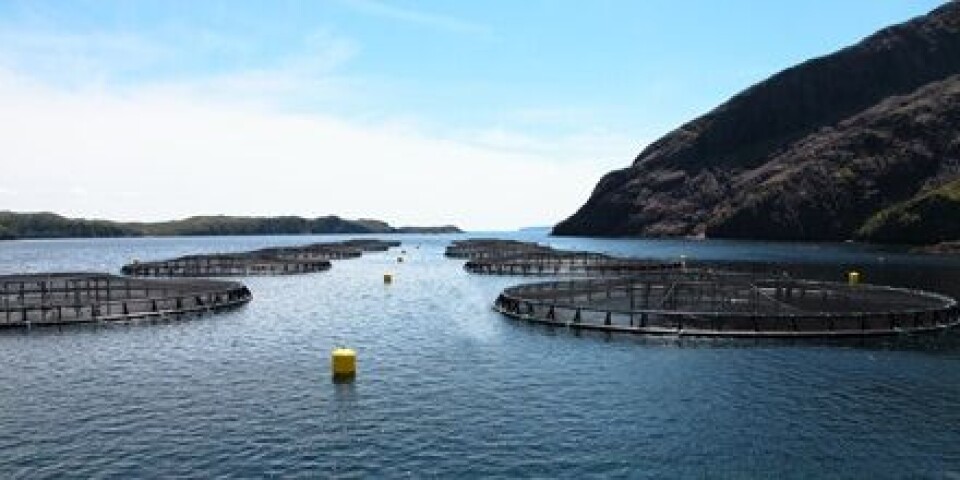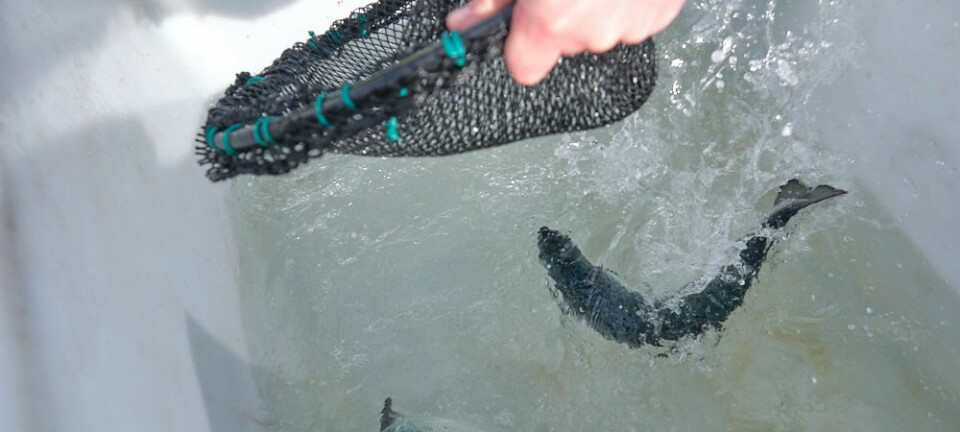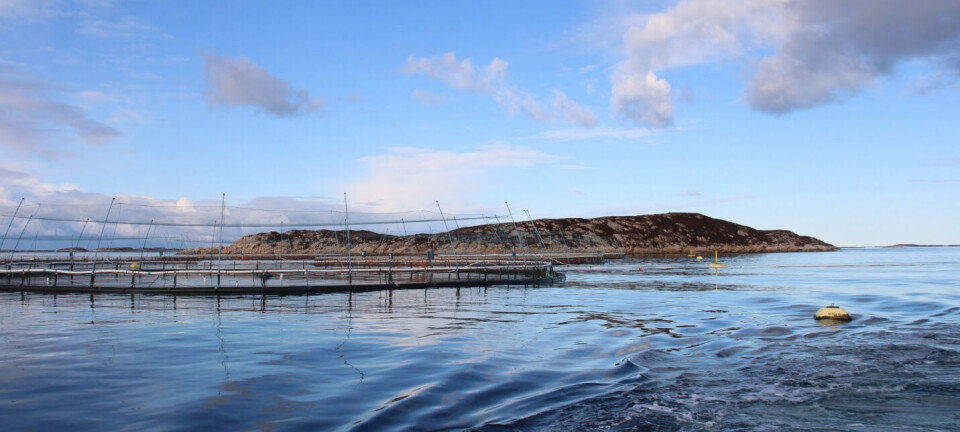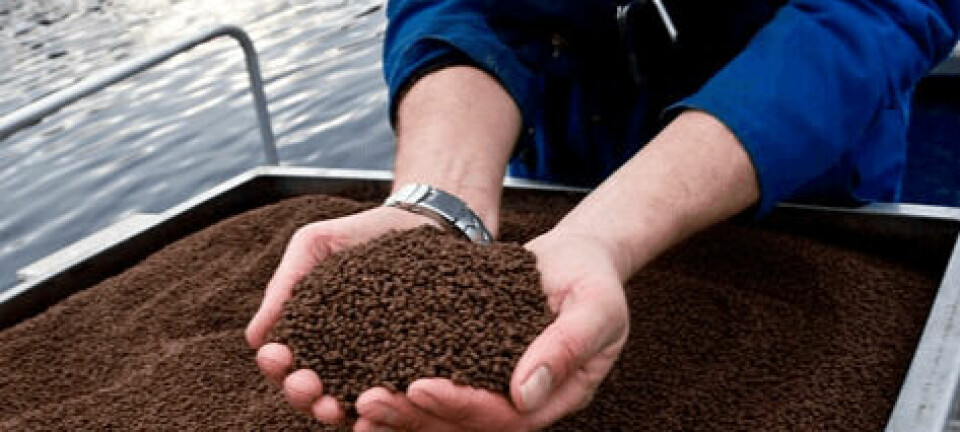
Labrador plans dogged by controversy
As Grieg's plans to build a hatchery, processing plant and up to 11 new farms in Newfoundland & Labrador - a move that would double the size of the Province's salmon production capacity - are being considered by the Department of Environment, a parallel debate between wild fisheries interests and the local aquaculture industry is intensifying.
Grieg Seafarms NL has proposed to build a state-of-the-art $75-million-dollar hatchery in Marystown, and up to 11 new sites in Placentia Bay.
If it goes ahead, the $251 project will create hundreds of jobs during the construction phase, as well as permanent jobs as a result of the hatchery, farming, and processing operations.
However, opponents claim there will be a huge cost to the environment, particularly with respect to escapees.
Don Ivany of the Atlantic Salmon Foundation (ASF) says that the project with have significant impacts on the ecosystem. “The company is planning to construct 11 new farms of their own, with up to 12 cages at each farm…What we find most concerning is that they plan to double the current production to 60,000 tonnes,” he reflects.
Ivany claims the company plains to bring foreign strains of salmon into the area, which could have serious consequence for indigenous salmon populations in the event of escapes. “They want to introduce foreign strains into NFLD – salmon have evolved to adapt to conditions here in NFLD – introducing foreign strains of fish brings with them diseases that our local fish haven’t adapted to."
Grieg does plan to use a different strain than is currently being used, however, they also plan on only growing triploid smolts in order to eliminate the chance of interbreeding with other populations.
Mark Lane, the Executive Director for the Newfoundland & Labrador Aquaculture Industry Alliance (NAIA), said although there is always potential for escape, in today’s industry, this is very rare.
“Not only are we concerned about environmental impact, but it is our stock, and we don’t want to lose stock or have impact outside our farming operations,” said Lane. “If an escape does occur, it is reported immediately by law”.
And NAIA is currently working with researchers to develop innovative ways to deal with any future escapees.
“Just recently we have partnered with several world leading researchers to investigate the behaviors of farmed fish, so that we can design the most efficient methods of recapture.We are always investing time money and resources to refine our methods,” says Lane.
Furthermore, despite critics claiming that Grieg is planning to bring in “foreign stocks”, genetic evidence has shown that the NFLD wild Atlantic populations area mixed bag of Canadian and European strains of wild salmon. So these new stocks aren’t as foreign as they are made out to be.
Critics also claim that Grieg Seafarms are exploiting the lower costs and more lenient regulations by moving their operations to Canada.
Ivaney says its about saving money. “They will go to wherever they can do it cheaper,” he argues, citing extremely expensive leases for farming operations in Norway.
“They will cut corners, cut costs, and maximize their profits. I think that is one of the reasons we see them coming to NFLD.”
However, Lane has a completely different opinion. “To say its much cheaper here, I would totally disagree”, said Lane. “We have high leasing fees; it isn’t cheap. We also have high transportation fees – that is a huge expense for the industry on NFLD.”























































